Heliconia indoor for the winter
PlantManager
18 years ago
Related Stories

HOUSEPLANTSIndoor Winter Gardens for Cheerier Days
Bring plants inside for drab-days mood boosting — not to mention cleaner indoor air and protection for your greenery
Full Story
LIGHTINGIndoor Stars Light Winter Nights
Bring the night sky indoors with twinkling lanterns, star charts, clever curtains and more
Full Story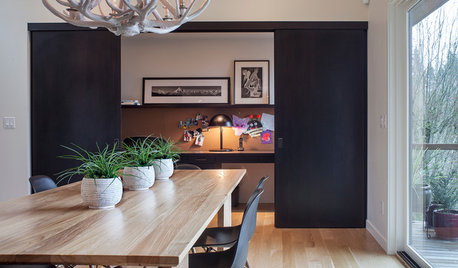
SHOP HOUZZShop Houzz: Create an Indoor Garden for a Green Winter
Keep the freshness going with indoor planters, terrariums and herb gardens
Full Story0

ENTERTAININGBeat Winter's Chill With an Indoor Picnic
Build warm memories with loved ones by bringing lighthearted outdoor dining to your living room
Full Story
HOUSEPLANTSHow to Force Amaryllis Bulbs Indoors
Enjoy vibrant red blossoms even as gardens turn snowy white, by teaching this hardy repeat performer to ignore the calendar
Full Story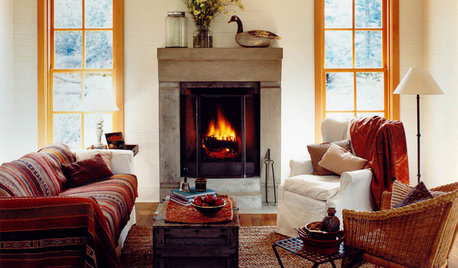
PRODUCT PICKSGuest Picks: Cozy Winter’s Night In
Stay toasty and entertained at home during chilly, dark times
Full Story0
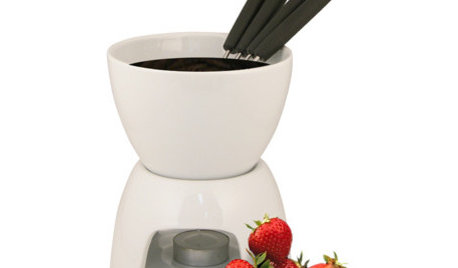
Guest Picks: Winter (Yes, Winter) Warmers
For folks in the Southern Hemisphere, July is right in the heart of winter. Warm up with 20 ways to make your home as cozy as can be
Full Story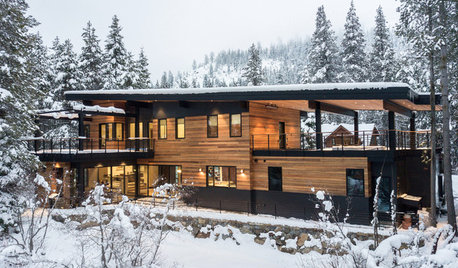
MONTHLY HOME CHECKLISTSYour Winter Home Maintenance Checklist
Keep your home and yard safe and running smoothly as temperatures drop and activity moves indoors
Full Story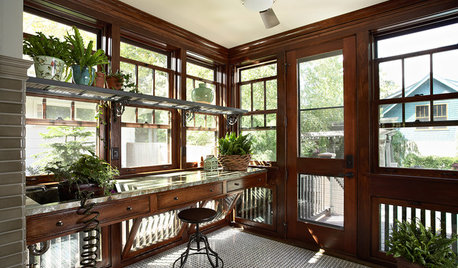
WINTER GARDENINGWinter Gardening: Ideas for a Dream Potting Room
Check out potting rooms that get indoor gardening right — and learn tips for creating your own
Full Story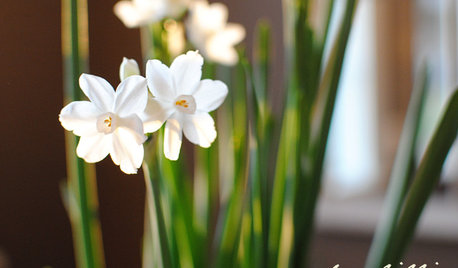
DECORATING GUIDESTreat Yourself to Spring Blooms in Winter
Get a jump on spring with a fragrant pot of paperwhites and other bulbs indoors
Full StoryMore Discussions






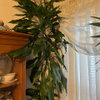
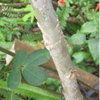
bihai
gaza
Related Professionals
Edmond Landscape Architects & Landscape Designers · Surprise Landscape Architects & Landscape Designers · Benbrook Landscape Architects & Landscape Designers · Mountain Brook Landscape Architects & Landscape Designers · Commack Landscape Contractors · Hilo Landscape Contractors · Kettering Landscape Contractors · Live Oak Landscape Contractors · Middletown Landscape Contractors · Milton Landscape Contractors · North Chicago Landscape Contractors · Northport Landscape Contractors · Raleigh Landscape Contractors · Tustin Landscape Contractors · View Park-Windsor Hills Landscape Contractorssleeplessinftwayne
bihai
sleeplessinftwayne
sleeplessintheshwa